Responding to the framework law 57.17 as suggested in its implementation project portfolio (pp. 47-49), teachers are now trained to teach Personal Projects classes, known in Arabic as "المواكبة التربوية للمشاريع الشخصية للمتعلمين". Such teachers are called teachers-in-chief. In Personal Projects classes, teachers are urged to devise different activities that target self-awareness, learning strategies, careers, the job market, etc. Nevertheless, they are not obliged to abide by any syllabus nor are the students tested on anything. All that students are required to do is keep a portfolio that documents their development mainly in character, school retention, and their perspectives as to the careers they are interested in. This portfolio is at different school stakeholders' disposal, namely teachers, the school administration, the school guidance counsellor, etc.
Though many teachers have had a three-day training on the supervision of students' personal projects, their vision of how they should proceed in this type of classes is still fuzzy. As such, I have received many requests for any example activities that can be devised in this regard.
For colleagues who are wondering if personal projects classes are of any value to learners, I can assure you that such classes are quality time through which you can help your students jump-start some personal transformation.
Activity 1:
As part of the 'introducing oneself' activity, I asked my students to write a script for and record a 2-minute podcast about themselves. By the way, this is something you can also do with your official classes.
In the next session, we played samples of the podcast, and it was really, really an amazing experience. The students recorded well-articulate podcasts and showcased a number of ICT skills. They were super creative, especially that they were given free rein to use languages of their choice: Amazigh, Darija, French, Arabic, or English. It's worth noting that they were instructed to express their strengths and weaknesses explicitly or metaphorically (drawing analogies between themselves and animals, plants, things, etc). The activity is adapted from this booklet, page 3 in self-awareness section.
It is hard to play all the podcasts in one session (1 hour). Alternatively, you can play 2 samples every now and then. For every podcast you play, have the students give feedback for the sake of improving the podcasts in terms of content and techniques used (voice, tone, transitions, background music, etc).
Activity 2:
Following the first-contact session, I distributed the first questionnaire (Diagnostic assessment of competencies related to students' personal projects تقويم تشخيصي للمكتسبات المتعلقة بالمشروع الشخصي للمتعلم). It is an interesting questionnaire you should try! The items it includes help glean information about different aspects of the learners' lives: personality, school retention, hobbies, health, dreams, projects, etc. It really helped me know my students well. Even some inputs shocked me, seriously! For instance, I found out that some of my students have serious health problems.
After the questionnaire had been filled out, I took some time at home to generate some useful statistics from their input. We discussed the statistics in the next session along with some quotes from their responses in the questionnaire. While discussing the questionnaire output, you can ask students questions like: Are these statistics normal or alarming? If yes/no, why?. This is a PPT I prapared for this session.
Activity 3:
In order to help your students explore this subject more, you can assign groups to read and present parts from the booklet (pp. 11-17). You can, for instance, divide the class into groups of four. Each group is assigned a part to read and synthesize in 10 to 15 minutes. When they are done, each group's spokesperson gives a presentation in 5 minutes or less in front of class. The groups can use flipcharts or the board to write notes or bullet points through they summarize the reading materials they are assigned. For good outcomes, or in case you have slow learners, you should give your students enough time (at least a week) to prepare.
Personal Project classes can ignite new interests in you to try innovative activities, and in so doing you'll certainly grow professionally and personally speaking. For example, in such classes, keeping a portfolio is a must, so you'll learn more about this useful tool of alternative assessment.
I never lose sight of the fact that teachers should help their students carve out their dreams. When you build up a good profile out of the innovative activities you tried out in Personal Project classes, there comes a time when you get the reward in one way or another!

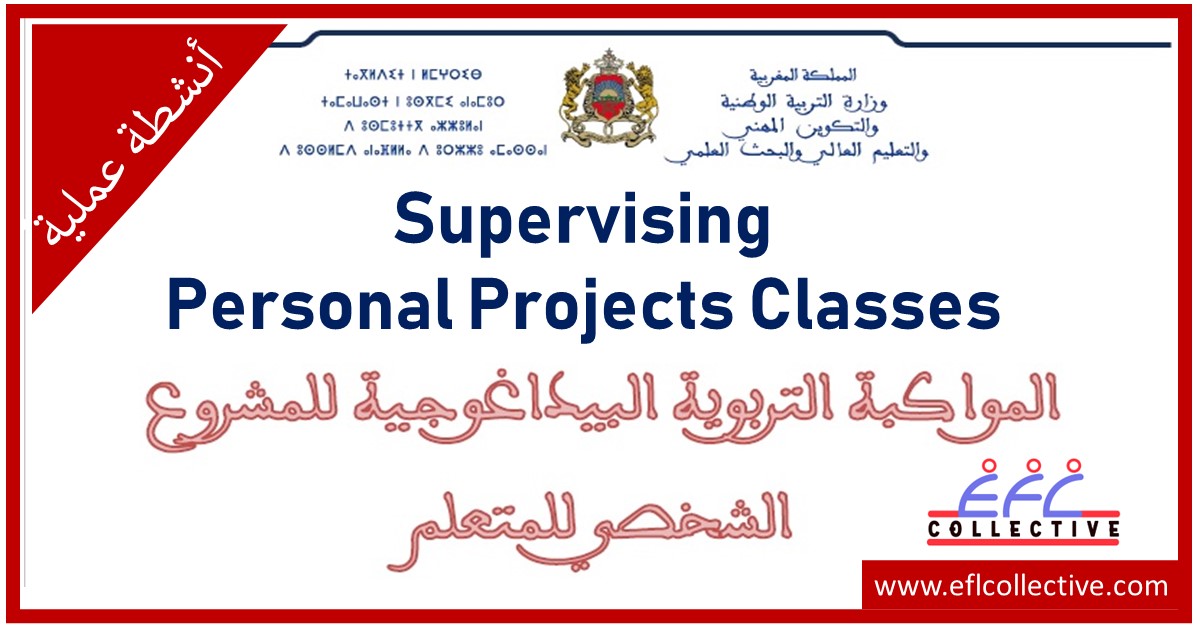


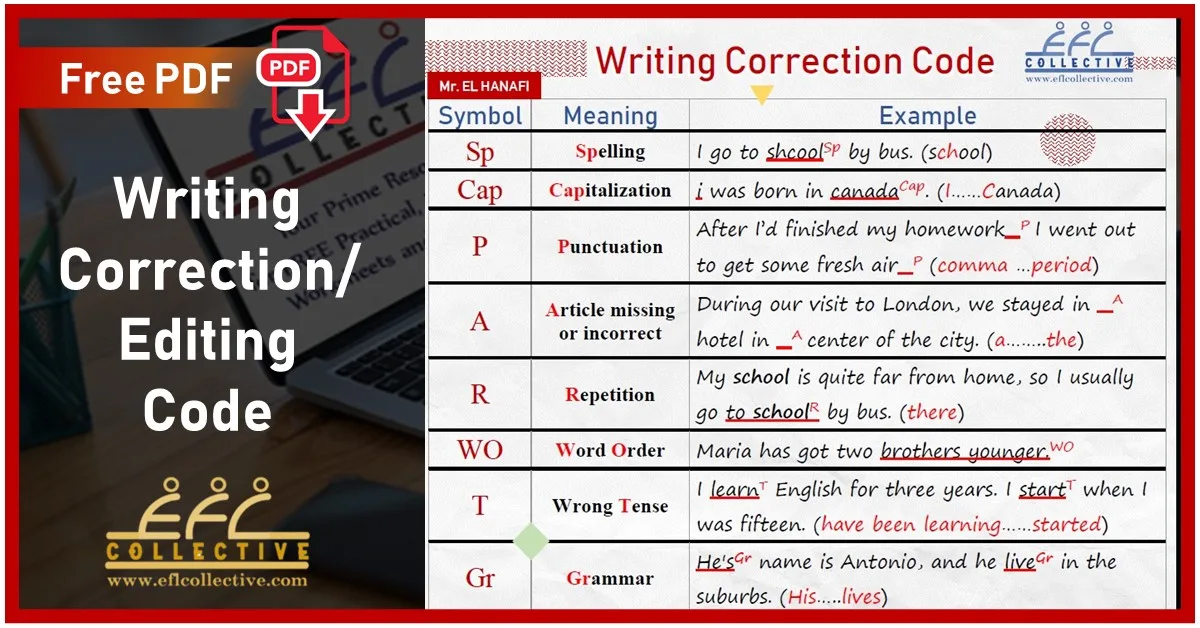
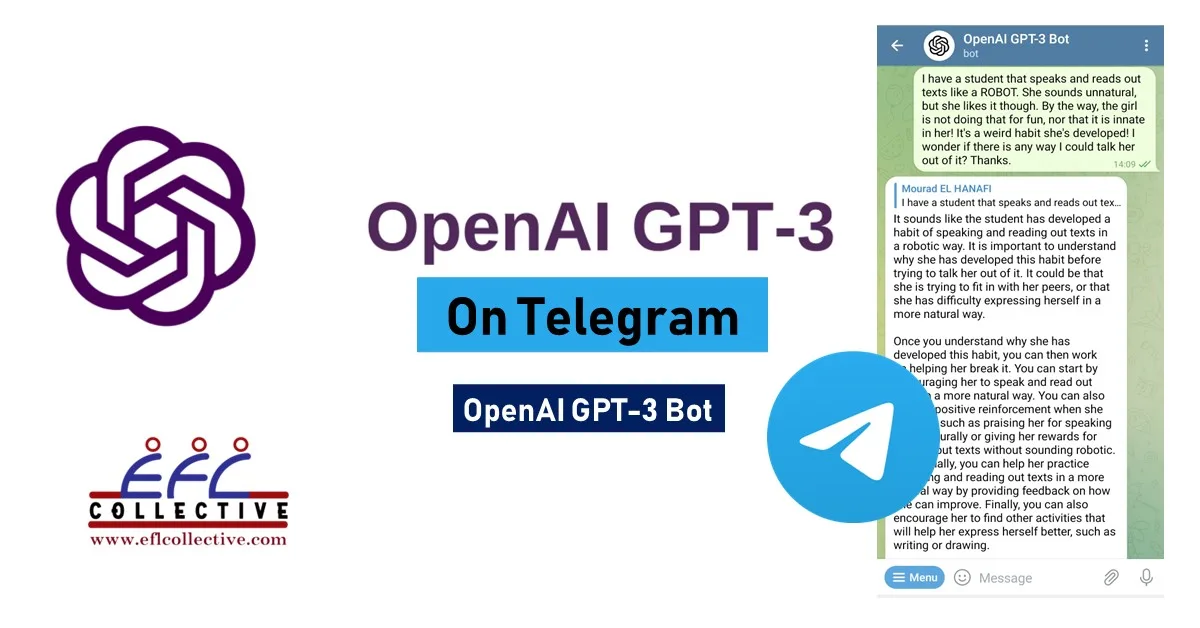
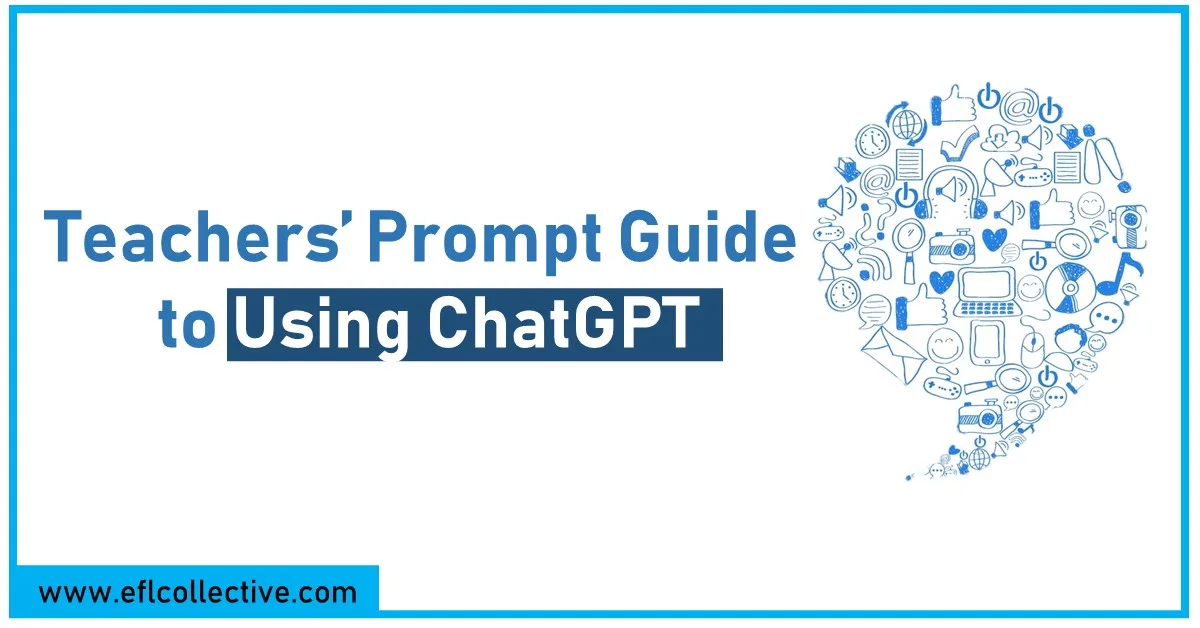
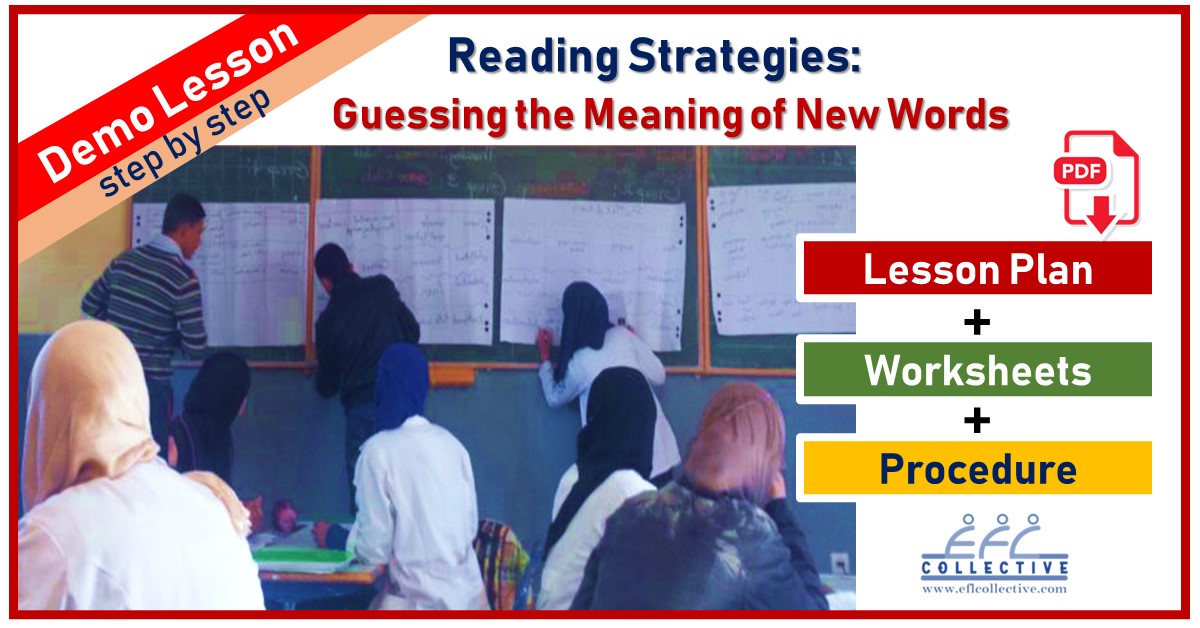




Si Mourad, thank you wholeheartedly for writing this insightful article. I was 7n dire need if activities that can be done for Personal Project classes and this has helped tremendously. Thank you again 🙏.
I am glad it is helpful. Thank you for your the comment.